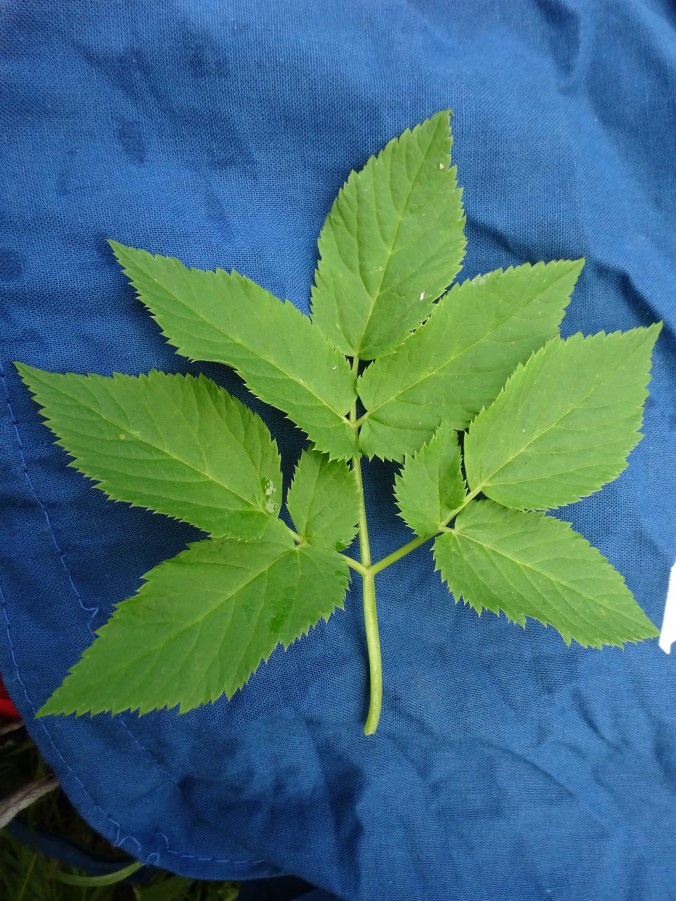Alrighty, it’s about time to give you guys an update! We have turned our backs on Whistler a while ago and headed to Vancouver Island instead. This Canadian gem is also referred to as THE ISLAND. This nickname makes a whole lot of sense considering the fact that it’s freaking gorgeous and almost half the size of Germany… We found a host over HelpX, a network that works similarly as Workaway or WWOF. What these three platforms have in common is that they connect international travellers and locals. Why? The deal is to volunteer a few hours per day (farm work, household chores, childcare, …) in return for food and accommodation. This allows low-budget travellers to get to know a variety of local projects and well, the hosts get affordable temporary workers in return. This can be extremely helpful during harvest times for instance. Cultural exchange at its best, we’d say 😊

On the ferry to Vancouver Island. We’re looking forward to new adventures!










